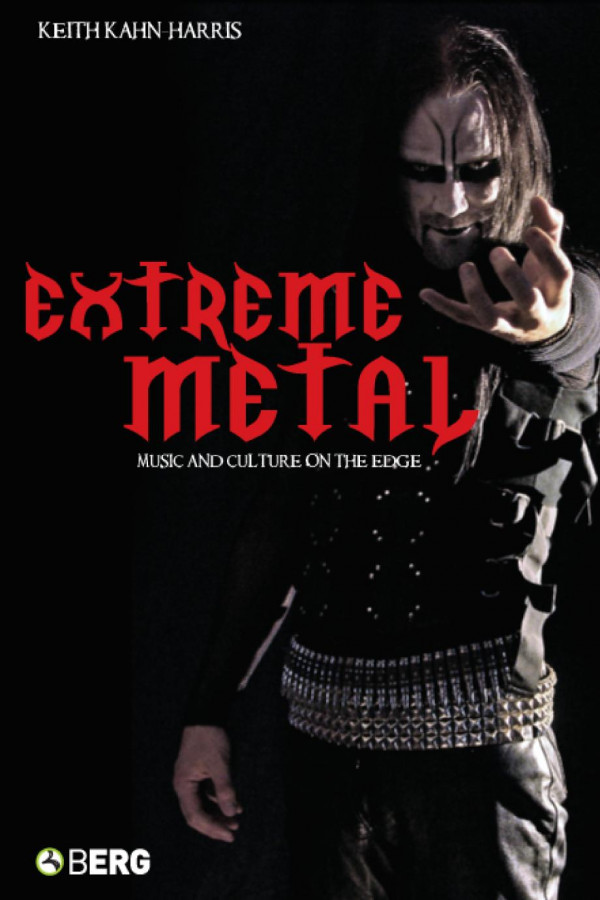(Ebook) Extreme Metal - Music and Culture on the Edge by Keith Kahn Harris ISBN 9781845203986, 9781845203993, 1845203984, 1845203992
Mention the words ‘heavy metal’ to someone even casually acquainted with contemporarypopular music and you are likely to trigger some strong associations: long hair,headbanging, screaming vocals and guitars, outrageous behaviour and excess, over thetop machismo, black leather. The semiotics of metal are so well known that they havean almost iconic position in popular culture. Metal divides people. The music boastssome of the most devoted music fans across the world and many of its practitionersare stars. But at the same time metal has always attracted virulent and intense dislike,even hatred and fear. In the 1980s, metal attracted condemnation from right and leftand was the subject of media- and state-sponsored ‘moral panics’ (Miller 1988;Richardson 1991).This iconic representation of metal has become out of step with reality. Althoughmetal was always more diverse than it was given credit for, there has been a significantfragmentation of metal since the early 1990s. In the early 1990s, the rise ofgrunge, sparked off by the success of Nirvana’s Nevermind (1991), had a profoundeffect on metal. It is no hyperbole to state that an entire generation of bands had theircareers ended almost overnight. This was particularly true of ‘pop metal’ bands suchas Poison, but even some of the biggest ‘classic’ metal bands such as Judas Priest andIron Maiden suffered a considerable loss of popularity in the 1990s. However,grunge’s connection with the history of metal was much greater than some of itsprotagonists might have liked to admit. This connection has become ever moreevident as subsequent generations of grunge-influenced bands, such as Nickelback,have produced music that sounds increasingly similar to the classic metal and hardrock bands of the 1970s and 1980s.
*Free conversion of into popular formats such as PDF, DOCX, DOC, AZW, EPUB, and MOBI after payment.


